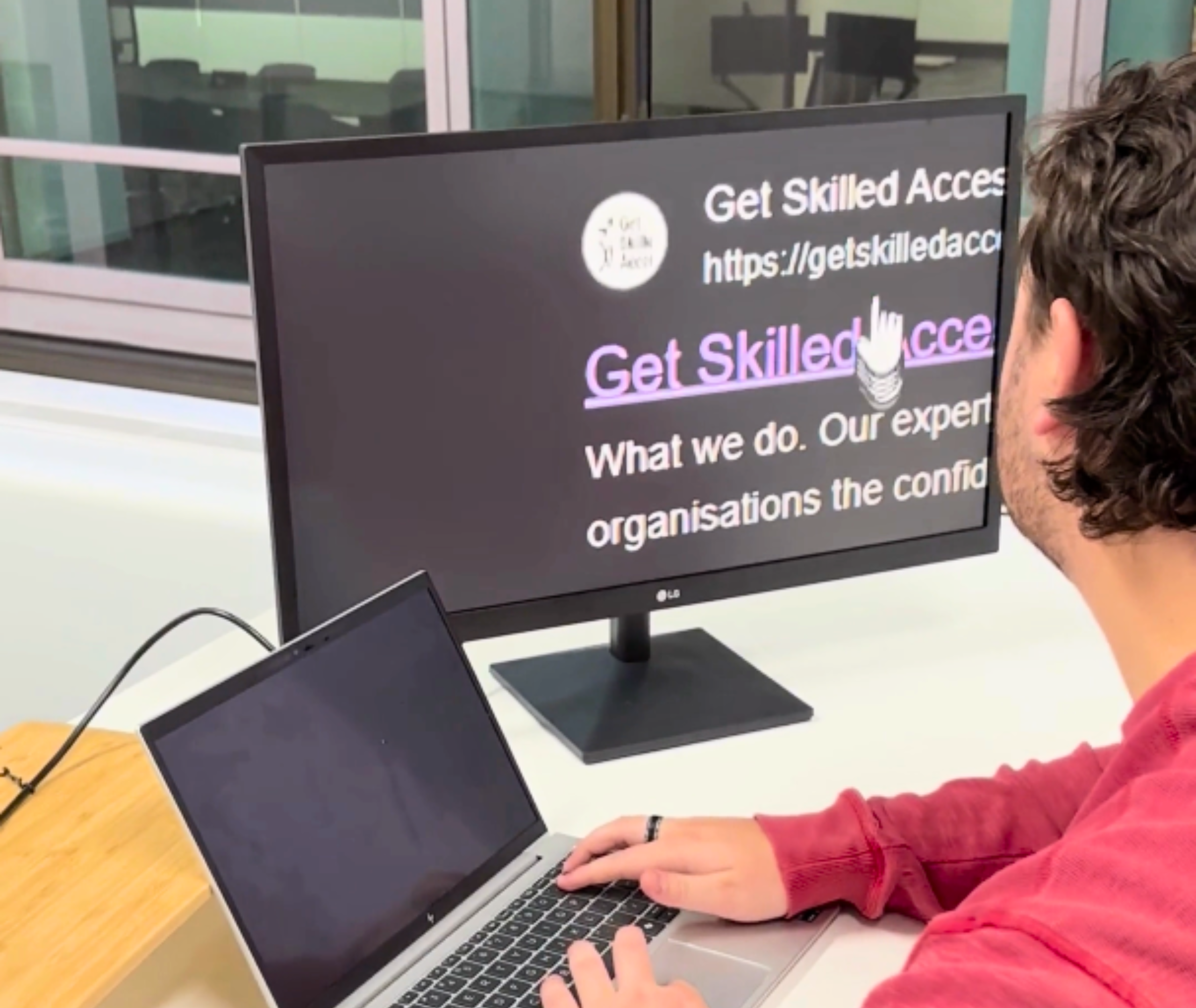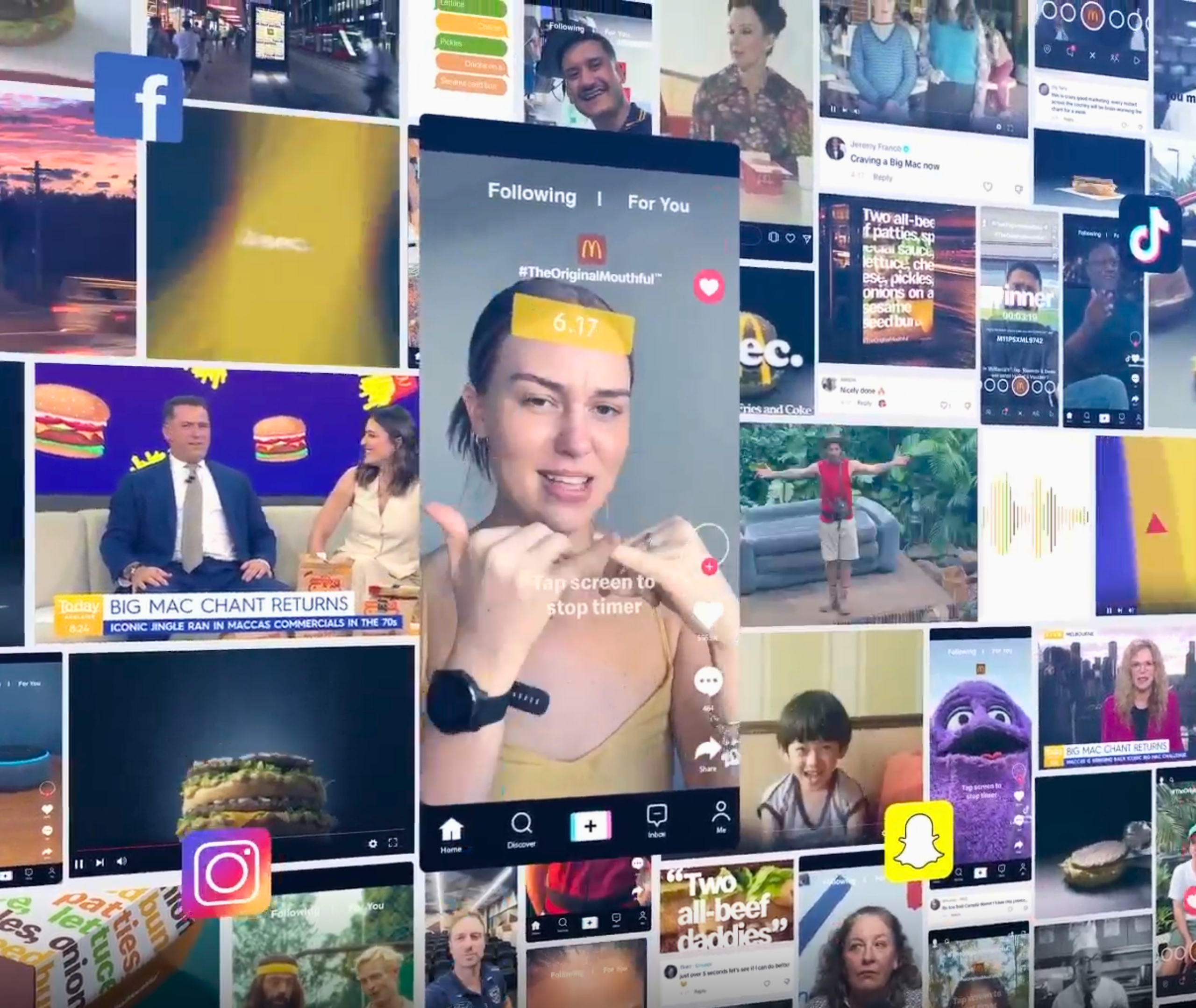Global Accessibility Awareness Day (GAAD)
Progress, People and Possibility

Think about the last time you struggled to read small text on a screen, or found yourself squinting at captions in a noisy cafe. Imagine if those small, fleeting frustrations were part of your daily digital experience, every single day.
For over one billion people around the world with disability, that’s the reality.
On Global Accessibility Awareness Day (GAAD), Get Skilled Access (GSA) doesn’t just join the conversation, we reflect, listen, and support organisations to make digital accessibility a genuine, shared priority.
What’s changing, and what still matters most
The past few years have marked an exciting turning point. We’re seeing more global conversations about digital accessibility, stronger standards, and deeper awareness of inclusive design in practice. From mainstream product releases to policy shifts, there’s momentum building, and that’s something to celebrate.
We’ve also seen incredible technological progress; AI-driven innovations like Microsoft Copilot and Apple’s personalised voice technology are empowering people with disability in ways that were barely imaginable a decade ago. And just this week, Apple announced a new wave of accessibility features, from Eye Tracking to Vocal Shortcuts, highlighting how mainstream tech continues to prioritise inclusive design.
These tools aren’t just novel, they’re transformational. They help people communicate, navigate, and create with greater independence.
But we know the work doesn’t stop with innovation. At GSA, our consultants live these realities every day. We see the true impact of technology when it’s built with people, not just for them. We continue to prioritise lived experience alongside new developments. Curious to learn more about AI and its impact on disability inclusion and access? Checkout our blogs on AI for Disability Inclusion and Ethical AI and Disability Employment
Principles for equal and better digital accessibility
We believe digital accessibility should be built into every interaction. These five practical principles can help guide your approach:
- Intuitive: Content and controls should use familiar, consistent interactions that make tasks easy to perform. Language should be clear and simple to understand.
- Perceivable: Information should never rely on just one sense. Content must be accessible whether users engage by sight, hearing, speech, or touch.
- Adaptable: Interfaces should adapt to individual preferences, supporting system accessibility features, allowing personalisation, and adjusting to different devices and orientations.
- Safe: Respect user privacy, data, and autonomy. Inclusion should never compromise security.
- Assured: Digital products should be tested for usability and accessibility, meeting key success criteria before launch.
These principles help create inclusive, user-friendly experiences that benefit everyone.
Digital accessibility in action: The Original Mouthful Campaign

A powerful example of these principles in action came through our collaboration on McDonald’s Australia’s “The Original Mouthful” campaign, a fast-paced, AI-powered challenge brought to life across Snapchat and TikTok.
The campaign was bold, creative, and highly interactive, but also posed important accessibility questions from the start. GSA was engaged by McDonald’s to support accessibility across the campaign, working alongside platform teams and agency partners to review the user journey through an inclusive lens.
Our role included advising on audio-visual delivery, captioning, screen flow clarity, and how key challenge instructions were presented across devices. Accessibility was embedded throughout, not just in the design, but in the collaboration process.
We worked directly platforms to explore where adjustments could be made within platform constraints. Most importantly, people with disability were not only considered, they participated, using the same interactive features as everyone else.
It’s a reminder that digital accessibility is possible even in mainstream campaigns if it’s embedded from the start. When inclusion is part of the creative process, not an afterthought, the outcome is stronger for everyone.
Accessibility is personal: A Reflection from Greg Alchin

Be Inclusive by design and accessible by default!
Greg Alchin
Last GAAD, our Accessibility and Design Specialist, Greg Alchin shared something so simple, yet so powerful.
Greg’s story was a reminder that behind every digital interaction is a person who deserves to be seen, heard, and supported. His reflections continue to shape the way we approach inclusive design. Revisit Greg’s conversation on digital accessibility.
Safe Spaces, Shared Solutions
At GSA, co-design isn’t a buzzword, it’s our commitment. We create safe, supportive environments where people with disability, carers, staff, and leaders can work together to identify barriers, share perspectives, and shape solutions.
Whether it’s mapping out a digital experience, reimagining a workplace interaction, or guiding leadership on inclusive strategy, we bring lived experience into the room from the start. That insight helps shape practical actions that are meaningful, achievable, and grounded in real-world impact.
One thoughtful action this GAAD
This GAAD, we invite you to explore inclusion in a way that feels real and achievable by reflecting on how digital spaces are experienced differently by people with disability. Have a conversation about access, listen to real experiences, and think about how your own digital content can better meet diverse needs.
Here are a few thought starters businesses can explore:
- Review your website with a screen reader to test for intuitive navigation and structure.
- Invite a colleague with lived experience to audit a customer form, checkout process or service portal.
- Ensure all PDFs and downloadable resources are screen-reader compatible and tagged appropriately.
- Add descriptive alt text to images and meaningful captions or transcripts to video and audio content.
- Include digital accessibility checks in your QA, content publishing or product release cycles.
These practical steps reflect the five principles of intuitive, perceivable, adaptable, safe and assured design, and they can be implemented without overhauling entire systems. Even small, consistent actions can help make digital accessibility part of everyday thinking, not just a once-a-year reminder.
